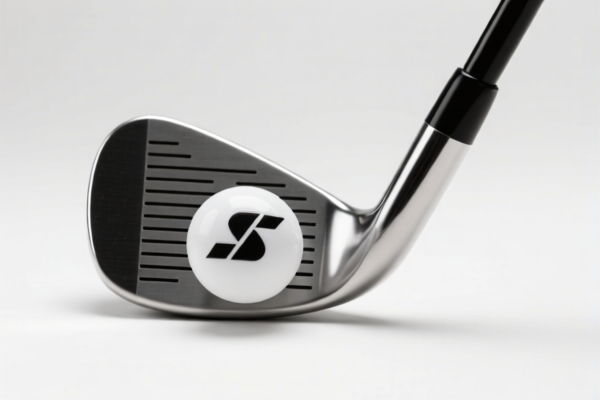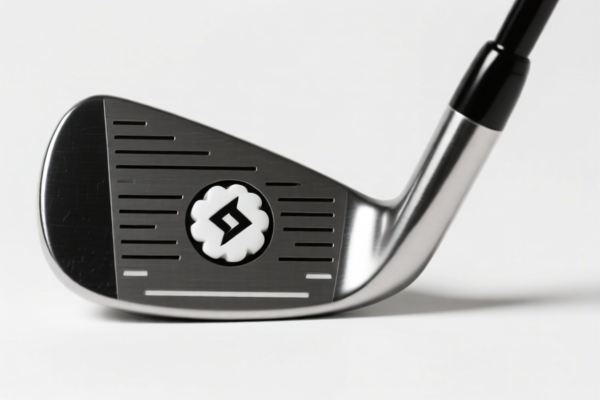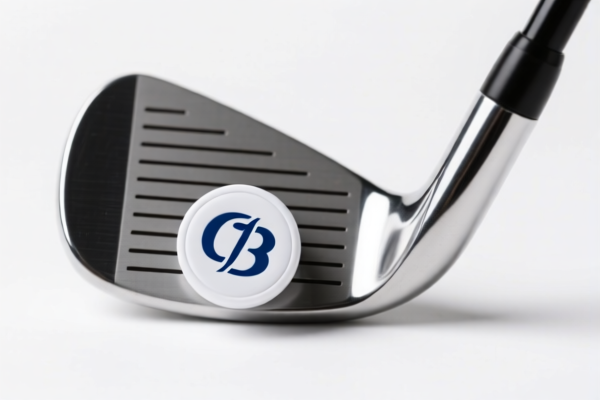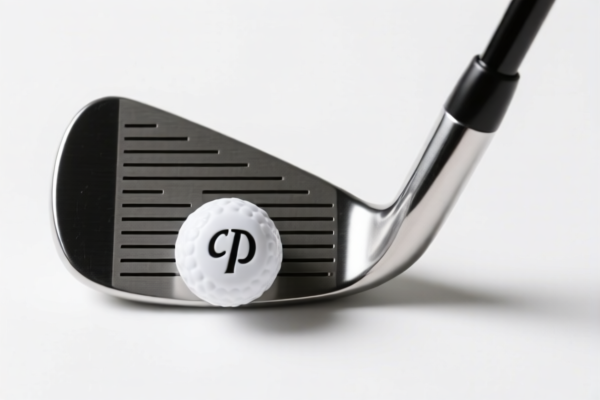| HS Code | Official Doc | Tariff Rate | Origin | Destination | Effective Date |
|---|---|---|---|---|---|
| 8205517500 | Doc | 58.7% | CN | US | 2025-05-12 |
| 8206000000 | Doc | The rate of duty applicable to that article in the set subject t+30.0% | CN | US | 2025-05-12 |
| 9506390060 | Doc | 42.4% | CN | US | 2025-05-12 |
| 6307908940 | Doc | 37.0% | CN | US | 2025-05-12 |




Club Head
A club head is the weighted end of a golf club, responsible for delivering the force that propels the golf ball. Its design significantly impacts distance, accuracy, and forgiveness.
Material
Club heads are constructed from a variety of materials, each offering distinct characteristics:
- Stainless Steel: The most common material, offering a good balance of durability, cost-effectiveness, and feel. Different grades of stainless steel (e.g., 431, 17-4) are used, influencing weight and properties.
- Titanium: Lighter and stronger than steel, allowing for larger club heads and optimized weight distribution. Typically found in drivers and fairway woods, promoting higher ball speeds.
- Carbon Fiber: Increasingly used in club head construction, particularly in drivers, to reduce weight and improve aerodynamics. Often combined with titanium.
- Forged Steel: A premium material created by hammering and shaping steel. Offers a softer feel and more precise shaping, favored by skilled golfers.
- Cast Steel: More affordable than forged steel, offering good performance and durability.
- Composite Materials: Combinations of materials like carbon fiber, titanium, and steel to achieve specific performance characteristics.
Purpose & Function
The primary function of a club head is to impact the golf ball, transferring energy to launch it into the air. Specific design elements contribute to:
- Distance: Larger head sizes, optimized weight distribution (e.g., perimeter weighting), and higher moment of inertia (MOI) generally increase distance.
- Accuracy: Face angle at impact, center of gravity (CG) location, and weight distribution influence ball flight direction.
- Forgiveness: Larger heads, perimeter weighting, and MOI reduce the impact of off-center hits, maintaining ball speed and direction.
- Spin: Face design, CG location, and loft angle affect the amount of spin imparted on the ball, influencing trajectory and control.
Usage Scenarios & Club Types
Club heads are designed differently based on the type of golf club and the intended player:
- Driver: Largest club head, typically made of titanium or composite materials, designed for maximum distance. Focus on low CG and high MOI.
- Fairway Wood: Smaller than drivers, often made of titanium or stainless steel, designed for versatility from the tee and fairway.
- Hybrid: Designed as a replacement for long irons, offering easier launch and forgiveness. Stainless steel construction is common.
- Irons: Available in various designs, including cavity back (more forgiving), blade (more control), and game-improvement (a balance of both). Forged or cast steel construction.
- Wedges: Designed for short-game shots around the green. Forged steel is preferred for feel and control. Grooves on the face create spin.
- Putters: Designed for rolling the ball on the green. Available in various head shapes (blade, mallet, etc.) and materials (stainless steel, aluminum, etc.).
Key Design Features
- Face Angle: Impacts initial ball direction. Adjustable face angles are common.
- Center of Gravity (CG): Location influences launch angle, spin, and forgiveness.
- Moment of Inertia (MOI): Resistance to twisting on off-center hits. Higher MOI = more forgiveness.
- Loft Angle: Influences launch angle and trajectory.
- Grooves: Found on irons and wedges, create spin for control.
- Adjustability: Many modern club heads feature adjustable weights, hosels, and face angles to customize performance.
Based on the provided information, “club head” can be classified under the following HS codes:
- 9506390060: This HS code covers “Articles and equipment for general physical exercise, gymnastics, athletics, other sports (including table-tennis) or outdoor games, not specified or included elsewhere in this chapter; swimming pools and wading pools; parts and accessories thereof: Golf clubs and other golf equipment; parts and accessories thereof: Other Parts of golf clubs”.
- 95: Chapter 95 – Toys, games and sports equipment; miscellaneous manufactured articles.
- 06: Heading 9506 – Toys, games and sports equipment; miscellaneous manufactured articles. Specifically, this covers articles and equipment for sports.
- 39: Subheading 9506.39 – Parts and accessories of golf clubs and other golf equipment.
- 0060: This further specifies “Other Parts of golf clubs”. This would include the club head itself.
Regarding HS code 9506390060, please note the following tax details: the basic tariff is 4.9%, there is an additional tariff of 7.5%, and after April 2, 2025, the additional tariff will increase to 30.0%. The total tariff rate is 42.4%.
Customer Reviews
No reviews yet.